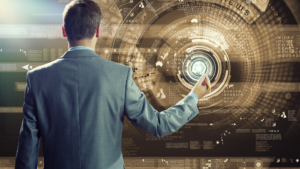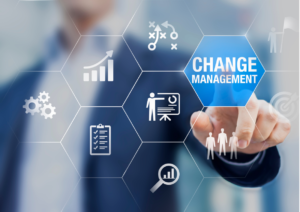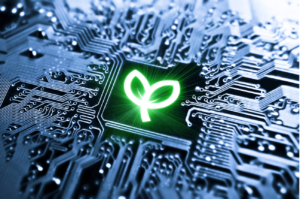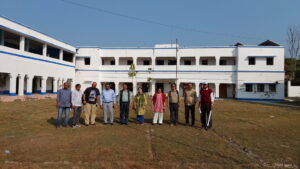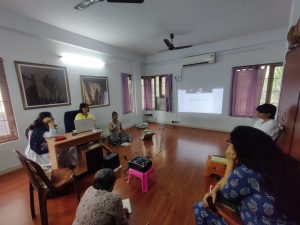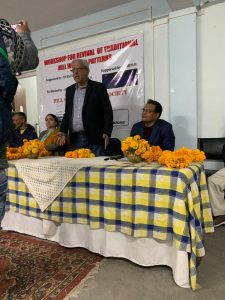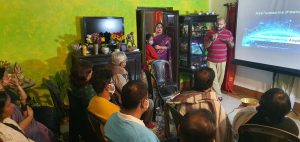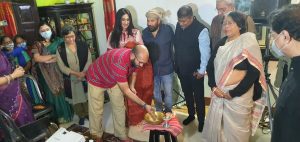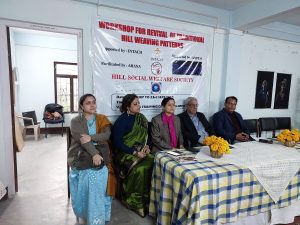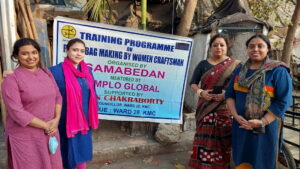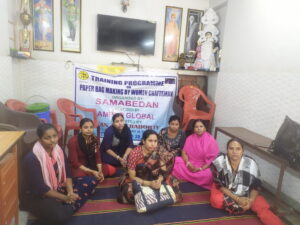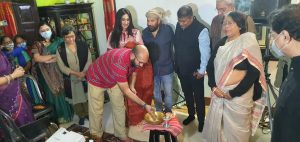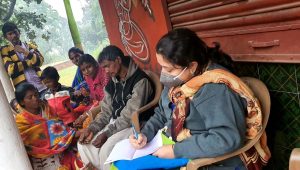World Environment Day:
As we approach World Environment Day on June 5, there will be a flood of articles and content on climate change and environmental protection just like this one all around the world. However, we must look beyond providing lip-service and keep the matter at the forefront throughout the year and beyond.
Greenwashing:
Some of the terms thrown around generously, such as sustainability, ESG, Social responsibility, climate change and the like have been repeated ad nauseum. Corporates display their environmental wokeness by peddling these terms around, resulting in turning them into cliches.
Customers’ purchase decisions are often influenced by the environmental impact of a company’s growth strategy. This has led to companies constantly telling us how much they are recycling, how much they have lowered emissions, how much rainwater harvesting they do. But these are often just dry datapoints and technical jargon that we then have to contextualize for the reader to know what the real impact is, to paraphrase Richa Sharma, ET Prime’s resident ESG reporter. The corporate world is pushing out press releases on ESG faster than hamburgers at Mac Donald’s. Companies, investors, regulators, and other stakeholders are reaching for the low-hanging fruits and doing this here or that there and feeling good about having done something for the environment.
Improved Communication:
The language around awareness and communication on climate change needs to be improved. It has become too institutional and distant. Climate change needs to be marketed like a product in order to increase awareness and sustain interest. It must be hard hitting and direct.
Instead of ‘do you care about the environment’, we need to say, ‘do you care about your environment?’
Climate isn’t an issue. It’s the one issue that contains every single other issue.’
“Language matters when forming the most important argument in human history,” says Creative Director Kalle Crafton in a scathing LinkedIn post. Communication needs to change in the current language around the environment. Doing away with ‘Greenspeak’ — as it is referred to for the heavy use of jargon and unrelatable words is an absolute necessity in the coming days.
Environmental Mindfulness:
Being mindful of the environmental impact of our of our day-to-day activities is paramount, as one thing is certain. “What humans do over the next 50 years will determine the fate of all life on the planet.” – as David Attenborough, one of the most popular presenters of non-human life on this planet, puts it. We are not trying to save the planet. The planet needs no saving, we are trying to save ourselves. So environmental mindfulness must be cultivated in everyone. It’s a matter of our survival.
Circularity/ Circular Economy:
The objective of a circular economy is to keep materials, products, and services in circulation for as long possible. A thoughtful approach to economic activity involving processes that are restorative or regenerative by design, enables resources used to maintain their highest value for as long as possible, and aims for the elimination of waste.
This is achieved, purportedly, through superior design of materials, products, and systems. Business models are an integral part of this design. It changes the way in which resources are mined, made into products, and then treated once they become waste. A circular economy aims to reduce material use, redesign materials, products, and services to be less resource intensive, and recaptures waste to convert it into an input resource.
Moving towards a circular economy is imperative to slowing down climate change. To address the climate crisis, material recovery plays a pivotal role. The United Nations’ International Resource Panel concluded that natural resource extraction and processing contribute to about half of all global greenhouse gas emissions. As a result of that, the United States Environmental Protection Agency (EPA) striving to identify and implement changes needed to reduce its impact.
Role of Technology in the Circular Economy:
The circular economy, when done right, has the potential to preserve the environment, improve economics, and elevate social justice. Sustainability gets nowhere without economic and social equity. How we extract, transport, process, use, and dispose of resources affects vulnerable communities disproportionately when adverse. By the same token, small improvements can make big changes to such vulnerable communities. All of these datapoints can be studied, processed and extrapolated in various combinations to simulate the effect of various permutations and combinations. Companies such as Amplo Global are experts in this area. Making use of Big data, Data engineering and analysis, it is possible to examine different outcomes of making changes towards achieving circularity.
Underserved communities have been overburdened with the negative environmental and health impacts caused by the linear (non-circular) economy we have had going for so long. Many landfills and manufacturing and processing facilities are near low-income communities. EPA’s circular economy for all aims to reduce waste and toxic materials and reuse critical minerals during manufacture and processing. Safe jobs and healthy communities are the goals of the EPA.
However, this is hardly a problem unique to America even though we are discussing this in an American context along with how the US EPA is looking at ways to deal with it. Circularity or the lack of it is prevalent at different degrees and at various levels around the world. Environmental degradation in China due to manufacturing, is vastly different from that in the Democratic Republic of Congo which is primarily from mineral extraction. Reuse culture and recycling facilities in India are very different from the throw-away culture in the Philippines, or recycling facilities available in Papua New Guinea. In some places the awareness is there, but financial consideration to create facilities may turn out to be a stumbling block. Therefore, unique solutions have to be implemented across the world since one size obviously doesn’t fit all.
The current impact of a non-circular economy, and gains both tangible and intangible can be studied through various computer simulations. Amplo Global makes these simulations possible through their cutting-edge algorithms. The technology is available. What is required is the determination to achieve complete circularity.
Bringing The Circular Economy to The Global South:
The subject of how the world as a whole can shift towards a circular economy is back in the spotlight again with the second round of negotiations in Paris on a global agreement to beat plastic pollution, which concluded on June 2nd.
The negotiations and discussions have been recently published in a report by the UN Environment Program (UNEP), which outlined the magnitude and nature of the changes required to end plastic pollution and create a circular economy.
Conclusion:
Circularity calls for key market shifts, with more reuse options, making recycling a more stable and profitable venture and the careful replacement of certain products such as plastic wrappers, with products made from alternative materials. Coming up with scalable solutions that work for specific cases, especially for developing nations, is a challenge that must be met with specific solutions. This is where business process consultants like Amplo Global can help the shift towards circularity. Dialogue and discussions are necessary.

